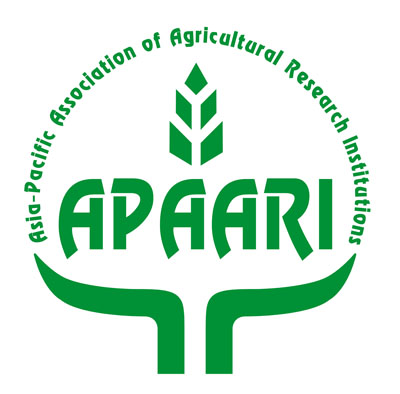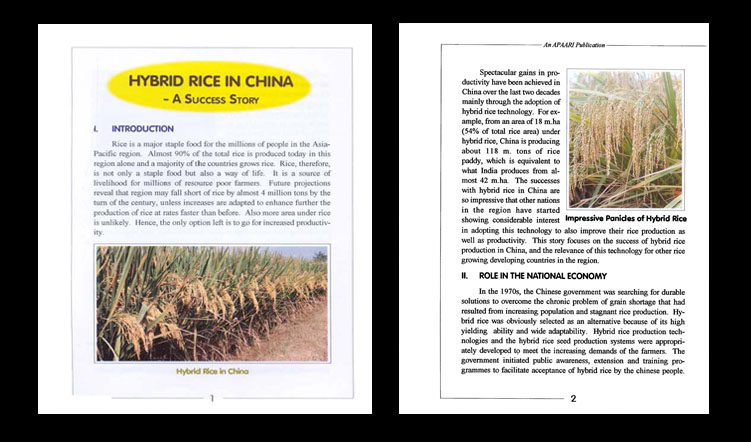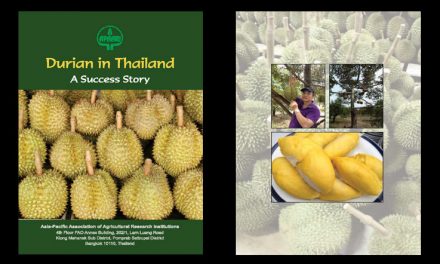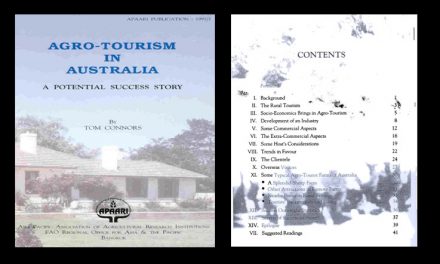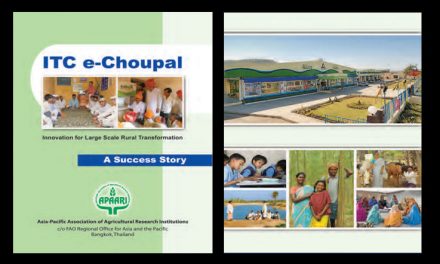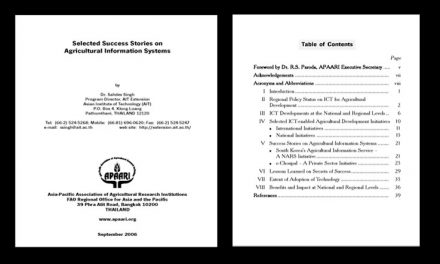Rice is a major staple food for the millions of people in the Asia-Pacific region. Almost 90% of the total rice is produced today in this region alone and a majority of the countries grows rice. Rice, therefore, is not only a staple food but also a way of life. It is a source of livelihood for mollions of resource poor farmers. Future projections reveal that region may fall short of rice by almost 4 million tons by the turn of the century, unless increases are adapted to enhance further the production of rice at rates faster than before. Also more area under rice is unlikely. Hence, the only option left is to go fore increased productivity.
Spectaclar gains in productivity have been achieved in China over the last two decades mainly through the adoption of hybrid rice technology, For example, from an area of 18 m.ha (54% of total rice area) under hybrid rice, CHina is producing about 118 m. tons of rice paddy, which is equivakent to what India produces from almost 42 m.ha. The successes with hybrid rice in CHina are so impressive that other nations in the region have started showing considerable interest in adopting this technology to also improve their rice production as well as productivity, This story focuses on the success of hybrid rice production in China, and rhe relevance of this technology for other rice growing developing countries in the region.
